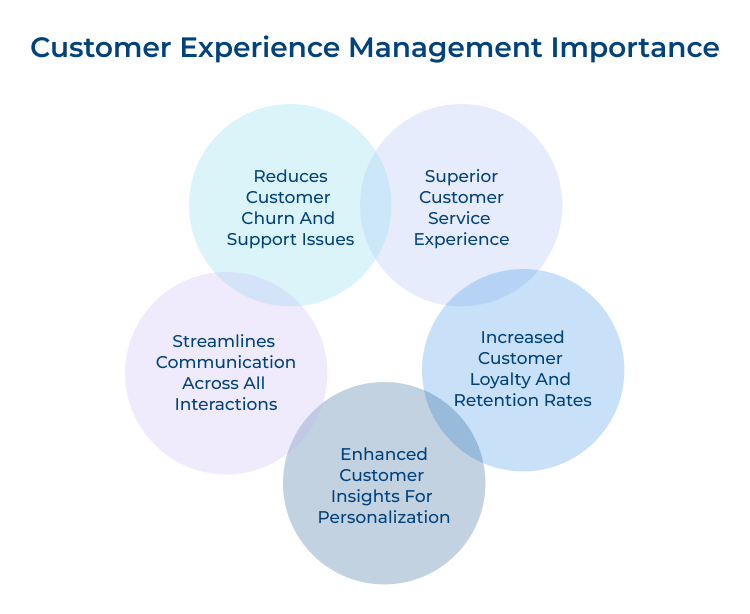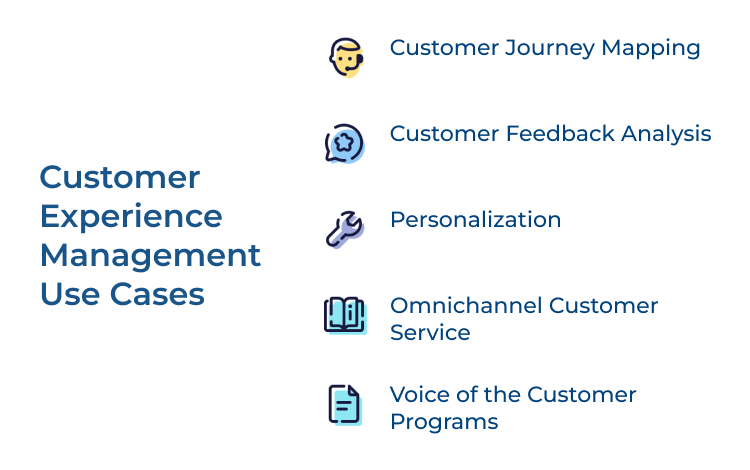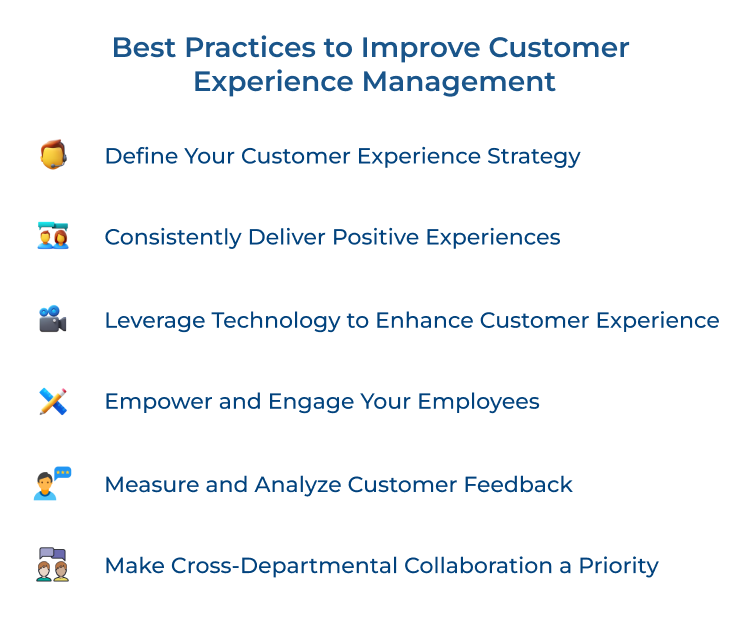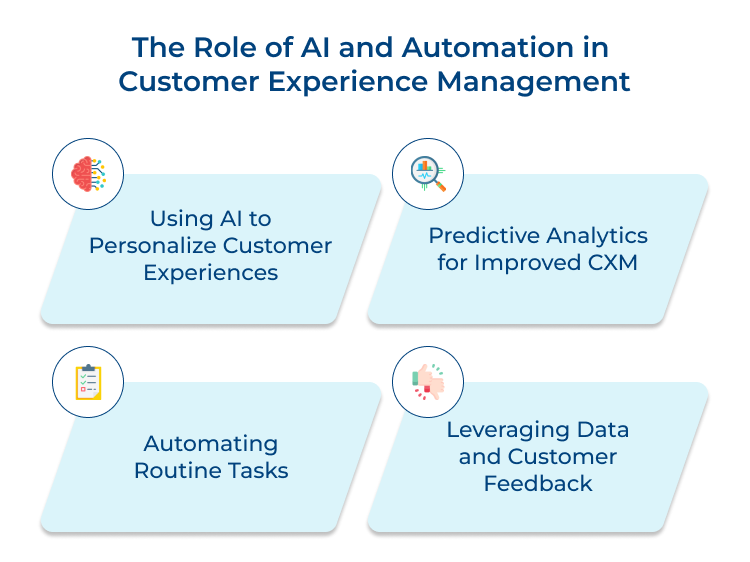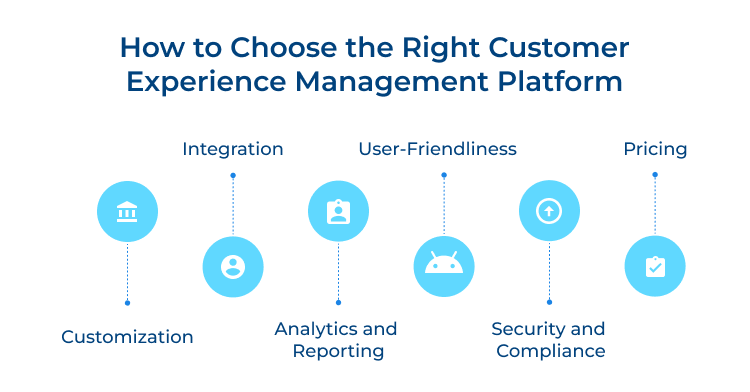1. Define Your Customer Experience Strategy
A well-defined customer experience strategy outlines the goals, values, and expectations of your customer experience program. It also helps to establish a clear direction for your team and defines the metrics to measure success.
Start by identifying your target audience and understanding their needs, preferences, pain points. Once you have such information, you can develop a strategy that is tailored to meet their expectations and provide a seamless experience across all touchpoints.
2. Consistently Deliver Positive Experiences
Consistency is key when it comes to delivering a positive customer experience. Your customers expect to receive the same level of service every time they interact with your business, regardless of the channel or department.
Ensure that all your customer touchpoints are aligned with your brand and message, that your staff is well-trained in delivering an exceptional customer experience.
3. Leverage Technology to Enhance Customer Experience
Technology plays a critical role in CXM, as it helps businesses to deliver a personalized and seamless customer experience. From chatbots and AI to CRM systems and analytics, technology can help streamline operations, personalize interactions, and anticipate customer needs.
Identify the right technology solutions for your business and integrate them into your customer experience management strategy to enhance the overall customer experience.
4. Empower and Engage Your Employees
Your employees are the face of your business and play a vital role in delivering a positive customer experience. Empower and engage your frontline staff to ensure that they have the tools, training, and resources to provide outstanding customer service.
Encourage all employees to listen to customer feedback and suggestions, use it to improve the overall customer experience.
5. Measure and Analyze Customer Feedback
Customer feedback is a valuable resource that can help you fine-tune your customer experience management strategy and ensure that your customers are satisfied with their experience.
Use surveys, focus groups, social media listening to gather feedback from your customers, and analyze it to identify trends.
You can also use customer feedback to refine your CXM strategy to deliver a more personalized and relevant experience to your customers.
6. Make Cross-Departmental Collaboration a Priority
Improving CXM requires cross-departmental collaboration. Different teams, such as marketing, sales, and customer service, must work together to deliver a consistent experience across all customer touchpoints.
Building a culture of communication, collaboration and cooperation will ensure that everyone is working towards the same goals and delivering a seamless customer experience.
The Role of AI and Automation in Customer Experience Management (CXM)
As AI and automation technologies advance, customer expectations continue to evolve, CXM will become an even more crucial element of businesses. AI-powered solutions will likely become more empathetic as well as emotionally intelligent, offering nuanced support and deeper personalization for customers.

